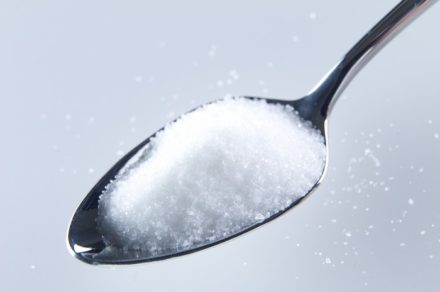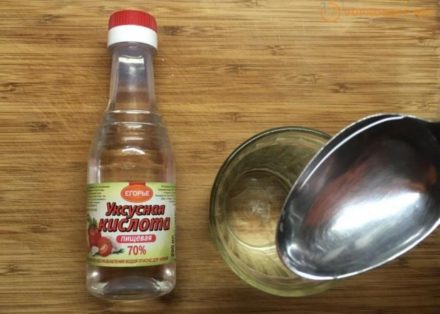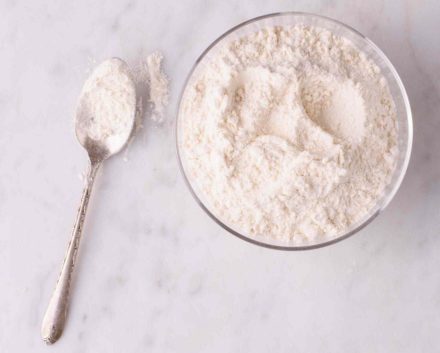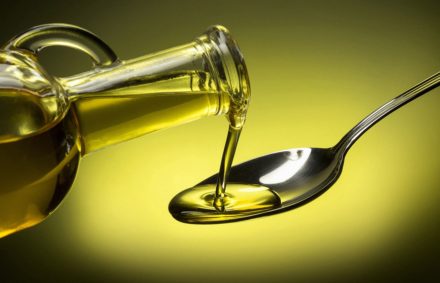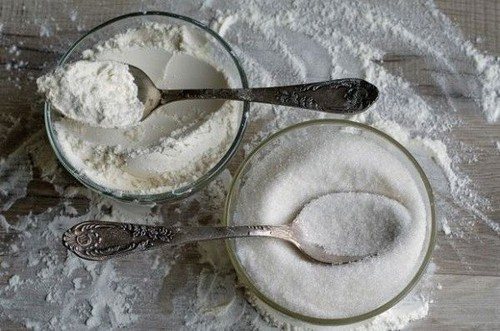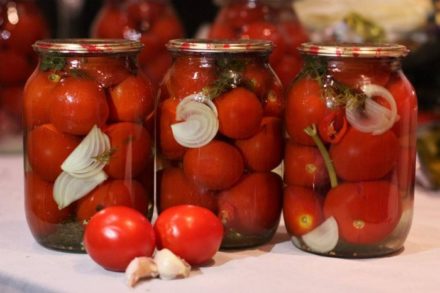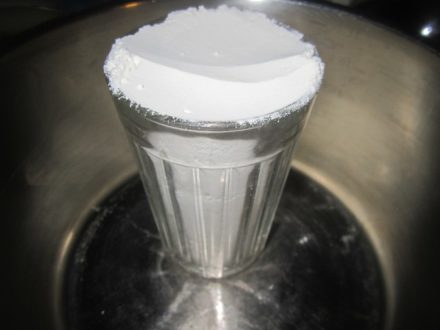Sugar is a common food product all over the world. The product is used to prepare sweet or even main dishes and drinks, and is used as a preservative. Recipes often indicate ingredients in grams and during cooking it is necessary to add the exact amount of sugar, but scales are not always at hand. Some housewives can measure grams of sugar by eye, but this comes with experience. To know the exact amount of added ingredient, tablespoons and teaspoons come to the rescue. We will tell you how many grams of sugar are in a tablespoon or teaspoon, and also, for your convenience, we will provide tables of quick measures of sugar in spoons.
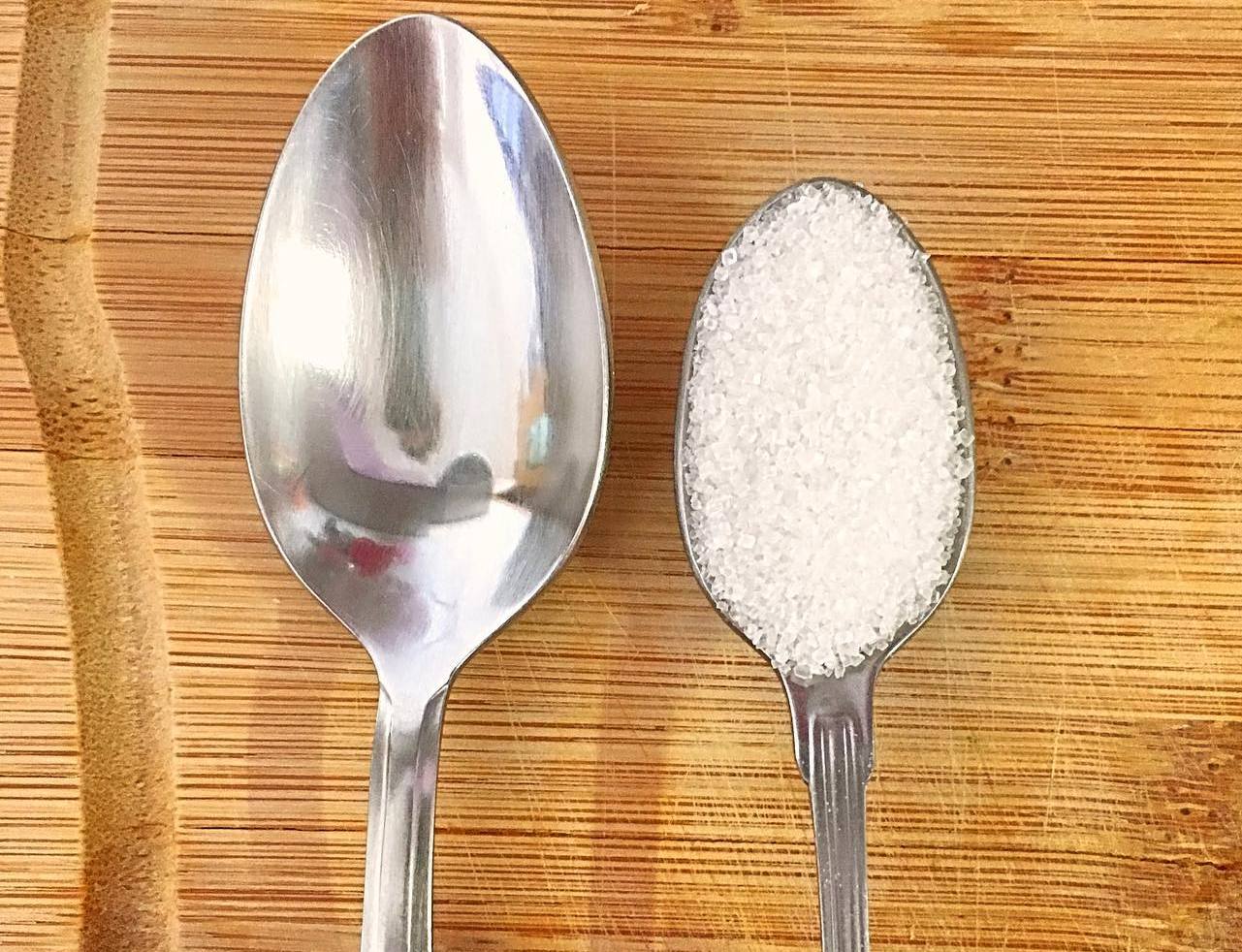
- How many grams of sugar in a spoon
- Tablespoon
- Tea spoon
- Dessert spoon
- Pivot table
- Table of quick measures of sugar by spoons by grams
- Table of quick measures of sugar by number of spoons
- How many spoons of sugar are in a glass
- How many spoons are in 1 sugar cube
- The difference in weight per spoon depending on the type of sugar
- How many calories are in a spoonful of sugar?
How many grams of sugar in a spoon
Everyone has ordinary teaspoons and tablespoons. With their help you can measure sugar with high accuracy.
For cleanliness and the absence of errors in measurements, bulk food products must be stored in closed, dark places at a temperature of 19-20°C and air humidity of no more than 70%.
Tablespoon
A standard tablespoon measures 70 mm long and 44 mm wide. The amount of granulated sugar in one tablespoon is 20 grams without a slide. With a slide - 25 grams.
Tea spoon
Sometimes you only need a little product to prepare a dish, a few grams or pinches. In this case, it is best to measure the amount of ingredient in teaspoons.
The scoop of this device is 46 mm long and 32 mm wide. The amount of sugar in one teaspoon without a slide is 7 grams, with a slide it holds 10.
Dessert spoon
A dessert spoon is designed specifically for eating dessert, but is sometimes used for making soups or porridges. This measure of weight can be found quite rarely.
The length of a standard dessert spoon is 60 mm and the width is 40 mm. In size, it occupies the “golden mean” between the previous two. It is approximately 1.6 times larger than a tea room, and 1.3 times smaller than a dining room (in terms of the area of the scoops).
You can put 10 grams of sugar in a dessert spoon without a slide, and 15 grams with a slide.
Pivot table
| Measure | Quantity | Weight |
| Level tablespoon of sugar | 1 spoon | 20 grams |
| Heaped tablespoon of sugar | 1 spoon | 25 grams |
| Dessert spoon of sugar without a slide | 1 spoon | 10 grams |
| Dessert spoon of sugar with a slide | 1 spoon | 15 grams |
| Level teaspoon of sugar | 1 spoon | 7 grams |
| Heaped teaspoon of sugar | 1 spoon | 10 grams |
The tables below will come in handy if you need to measure the exact amount of food to be added. Or, on the contrary, find out how much sugar is needed if the ingredients in the recipe are indicated in spoons.
Table of quick measures of sugar by spoons by grams
| Weight | tablespoons | teaspoons |
| 5 grams | 1/4 | a little more than 1/2 |
| 10 grams | 1/2 | 1 with slide |
| 15 grams | 3/4 | ~2 without slide |
| 20 grams | 1 without slide | 2 with slide |
| 30 grams | 1+1/2 without slide | 3 with slide |
| 40 grams | 2 without slide | 4 with slide |
| 50 grams | 2 with slide | 5 with a slide |
| 55 grams | 2 with slide+1/4 | 8 without slide |
| 60 grams | 3 without slide | 6 with slide |
| 70 grams | 2 with slide+1 without slide | 7 with a slide |
| 75 grams | 3 with slide | ~11 without slide |
| 80 grams | 4 without slide | 8 with slide |
| 90 grams | 4 without slide+1/2 | 9 with a slide |
| 100g | 4 with slide | 10 with a slide |
| 110 grams | 5 without slide+1/2 | 11 with a slide |
| 120 grams | 6 without slide | 12 with slide |
| 125 grams | 5 with a slide | ~18 without slide |
| 130 grams | 6 without slide+1/2 | 13 with a slide |
| 140 grams | 7 without slide | 14 with a slide |
| 150 grams | 6 with slide | 15 with a slide |
| 160 grams | 8 without slide | 16 with a slide |
| 175 grams | 7 with a slide | 25 without slide |
| 180 grams | 9 without slide | 18 with a slide |
| 190 grams | 9 without slide+1/2 | 19 with a slide |
| 200 grams | 8 with slide | 20 with a slide |
| 220 grams | 11 without slide | 22 with a slide |
| 250 grams | 10 with a slide | 25 with a slide |
| 300 grams | 12 with slide | 30 with a slide |
| 400 grams | 16 with a slide | 40 with a slide |
| 500 grams | 20 with a slide | 50 with a slide |
| 1 kg | 40 with a slide | 100 with slide |
Table of quick measures of sugar by number of spoons
| Number of spoons | Grams in tablespoons | Grams in teaspoons |
| 1 | 20 without slide, 25 with slide | 7 without slide, 10 with slide |
| 2 | 40 without slide, 50 with slide | 14 without slide, 20 with slide |
| 3 | 60 without slide, 75 with slide | 21 without slide, 30 with slide |
| 4 | 80 without slide, 100 with slide | 28 without slide, 40 with slide |
| 5 | 100 without slide, 125 with slide | 35 without slide, 50 with slide |
| 6 | 120 without slide, 150 with slide | 42 without slide, 60 with slide |
| 7 | 140 without slide, 175 with slide | 49 without slide, 70 with slide |
| 8 | 160 without slide, 200 with slide | 56 without slide, 80 with slide |
| 9 | 180 without slide, 225 with slide | 63 without slide, 90 with slide |
| 10 | 200 without slide, 250 with slide | 70 without slide, 100 with slide |
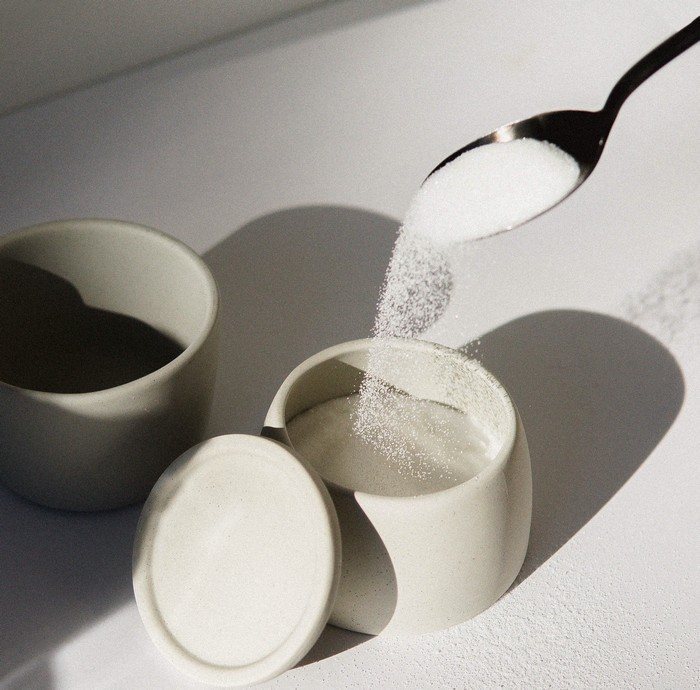
How many spoons of sugar are in a glass
If earlier the sizes of glasses in every house were the same, now it is completely different. They vary in appearance, size and volume. Because of this, recipes where the measure of weight is a glass are not very convenient.
In everyday life, the volume of a measuring cup means 200 ml to the smooth part of the base and 250 ml, measuring to the edges. Smaller glasses are called cups, and very small glasses are called shot glasses.
But most often a glass with a specified volume of 200 ml is used, so you should remember that it holds 160 grams of white sugar. It is useful to use a small cheat sheet:
- A full glass of sugar - 8 level tablespoons.
- 3/4 cup (120 grams) - 6 level tablespoons of sugar.
- Half a glass of sugar (80 grams) - 4 level tablespoons.
- 1/4 cup (40 grams) - 2 level tablespoons.
How many spoons are in 1 sugar cube
Lump sugar is made for ease of dispensing and is easy to take with you. It quickly dissolves in hot water, so it is convenient for drinking tea.
Pieces of refined sugar are not always the same size. But if we take the average value, then one cube will be 5.5 grams. This is approximately one level teaspoon of sugar.
If you have sugar in the house only in the form of refined sugar, you should also know that:
- One level dessert spoon contains approximately 2 cubes of refined sugar; If the recipe says to use a heaped dessert spoon of sugar, then there will be 3 cubes.
- In a tablespoon, respectively, there are 4 cubes without a slide and 5 with a slide.
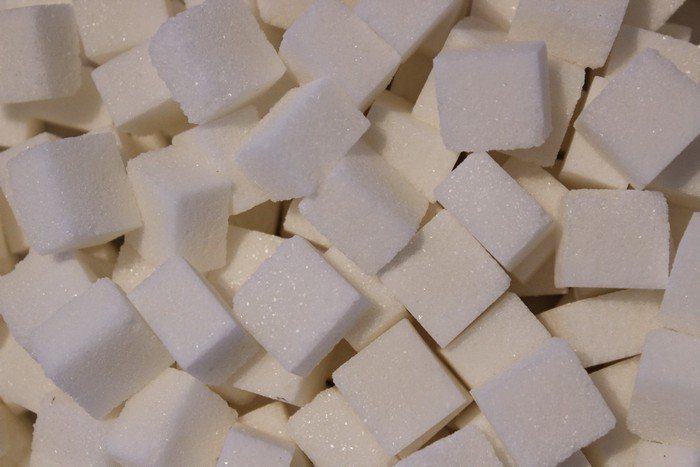
The difference in weight per spoon depending on the type of sugar
Previously, the context was about the usual table sugar, but it is still divided by types and types.Almost all have the same composition, the difference lies in the original product, the degree of processing and the quality of purification of the product from impurities.
Raw materials do not affect the nutritional value, since in any case a refined product will be produced - pure carbohydrate. Be it cane, beet, malt, palm, sorghum or maple sugar. The exception is coconut, which is considered the most dietary and healthy. Its glycemic index is only 35 units, and its calorie content is 380 per 100 grams.
The main reason for the unequal volumes that food takes up is grinding. Each has its own density indicator, which directly affects volume and weight. Therefore, the amount of sugar that fits in a spoon varies.
The main 2 types of product are granular and liquid. Granular includes:
- Crystalline (regular, table). The most common when eaten.
- Pekarsky. Differs in smaller crystal size.
- Coarse sugar. The size of this type of crystals is larger than that of regular sugar.
- Ultrafine. Has the smallest crystal size of all types of granulated sugar.
- Sugar (confectionery) powder.
- Sugar sprinkling. Decorative confectionery powder, which is small sugar particles of one or more colors.
Each type of sugar can be either brown (unrefined) or white (purified, refined). Refining is the purification of pure sucrose crystals from impurities such as molasses, mineral salts, molasses.
The second form is liquid. Liquid sugar is purified syrup of refined sand without additives and containing 64-67.5% dry matter.Liquid sugars also include Jerusalem artichoke, agave, date and maple syrup. They are considered healthier, although the energy value and glycemic index are sometimes even higher, when in traditional sugar syrup it is 287 kilocalories per 100 grams.
The finer the grind, the more weight will be on the device used. In one tablespoon you will get approximately 25 grams of powdered sugar without a slide and 27-28 grams with a slide. The difference will be 1.25 times. It is easy to calculate that there will be 8-9 grams in a teaspoon and 12-13 when added heaped; in the dessert room 12-13 and 18-19 grams, respectively.
The difference with the liquid form of sugar will be 1.3 times the amount of a level spoon (since syrup cannot be added “heaped”). A tablespoon will yield 15 grams, a dessert spoon will yield 7 grams, and a teaspoon will contain 5 grams.
For convenience, you should use the table.
| Product | grams in tablespoon | grams in teaspoon |
| Granulated sugar (vanilla, table, cane and others) | 20 without slide, 25 with slide | 7 without slide, 10 with slide |
| Powdered sugar | 25 without slide, 27-28 with slide | 8-9 without a slide, 12-13 with a slide |
| Liquid sugar (syrups) | 15 | 5 |
How many calories are in a spoonful of sugar?
Sugar is a fairly high-calorie product. Despite the fact that its nutritional value does not contain proteins and fats, vitamins and minerals. Sugar has no biological or nutritional value. For this reason, consumers often limit the product in their diet.
The maximum daily dose for an adult, as recommended by the World Health Organization (WHO), is 25–50 grams; for children, the number varies from 15 to 30 grams per day depending on age.Sugar in a person's daily diet usually accounts for 2 to 8% of total daily calories.
Carbohydrates occupy 99.98% of the energy value of sugar, so its calorie content is almost 400 kilocalories per 100 grams. This applies to any granular type of product, including confectionery powder. The liquid form has less nutritional value at 287 calories.
Knowing the weight of sugar that fits in different types of spoons, it is not difficult to calculate the energy value of the added ingredient. Some people need it, but some people need it.
| Product | Kilocalories per tablespoon | Kilocalories per teaspoon |
| Granulated sugar | 79 (without slide), 100 (with slide) | 28 (without slide), 40 (with slide) |
| Powdered sugar | 100 (without slide), 111 (with slide) | 33 (without slide), 50 (with slide) |
| Coconut sugar | 76 (without slide), 95 (with slide) | 26 (without slide), 38 (with slide) |
| Sugar syrup | 43 | 20 |
Measuring granulated sugar with a spoon is simple and convenient. There's no need to use a kitchen scale or combine foods at random.
The correct proportions of sugar with other ingredients will make the taste of any, even the most ordinary dish, bright and rich.


